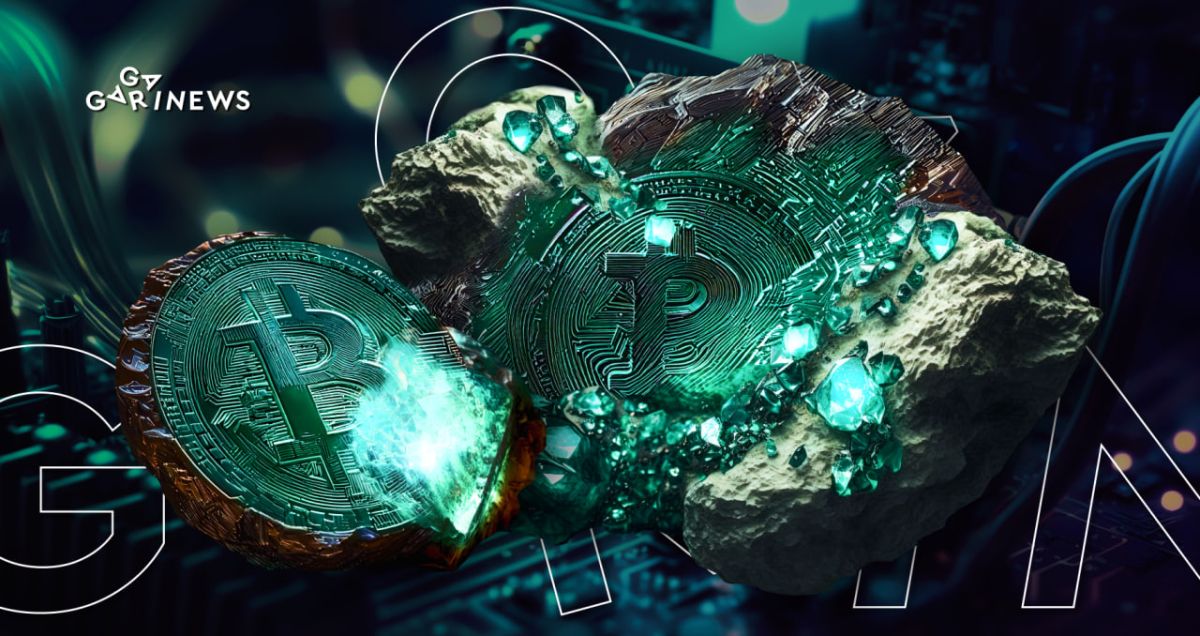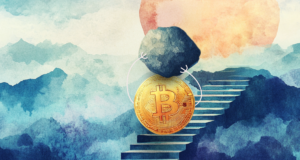Sazmining to Launch a New Green BTC Mining Facility

Sazmining, a hosted Bitcoin mining provider, is set to launch a new facility in Paraguay by September 2023. Promising some of the most competitive rates for electricity, the firm is dedicated to ensuring a completely carbon-neutral footprint.
On this page
What's on Sazmining's Table?
Sazmining has always been at the forefront of green Bitcoin mining initiatives. Earlier this year, they unveiled their inaugural data center powered by hydroelectric energy in Wisconsin, USA.
In its pursuit to expand, the company is now searching worldwide for locales that offer affordable renewable electricity, aiming to cater to the needs of miners.
“Our mission is to unlock this massive investment opportunity for everyday people and solve Bitcoin's “Achilles' heel” of energy wastefulness through sustainable energy use,” stated Sazmining CEO Willam Szamosszegi.
Source: sazmining.com
Paraguay has been selected as the site for a new Bitcoin mining operation, leveraging its access to surplus energy from Itaipu, the second-largest hydroelectric dam in the world.
As per the company's announcement, this facility will host 1,600 mining units owned by various users and aims to provide electricity at the Bitcoin industry's lowest rate — 4.7 US cents per kWh. This price is about 30% below what miners in the United States typically pay.
This approach is described as a “win-win-win” situation. For the Paraguayan electricity provider, there's an opportunity to capitalize on excess energy. Miners benefit from the low-cost electricity, and for Sazmining, it's a step forward in their green mining initiative.
The Story Behind Sazmining's New Location
The Itaipu Dam, also known as Binacional, is strategically located on the border of Brazil and Paraguay along the Paraná River and is co-owned by the two countries. There have been instances where the dam, with its massive 14 GW capacity, met 93% of Paraguay's and 20% of Brazil's electricity requirements. Furthermore, there's always been a scope to market any excess power.
The inception of this project was back in 1975, after nearly ten years of discussions between Brazil and Paraguay. During these talks, several interspersed conflicts between the two nations were addressed and resolved. The hydroelectric project's initial budget was projected at $4.4 billion. However, due to the inefficiencies associated with the governance of dictatorial periods, the dam's construction — spanning 7,235 meters in length and 400 meters in width — only began in 1979, and the final expenditure reached $15.3 billion. Beyond this, a trilateral agreement involving Paraguay, Brazil, and Argentina was essential to set acceptable levels for regional rivers. Thus, Itaipu emerged as a symbol of peace in South America.
By 1984, the dam was operational. Come 2016, Itaipu smashed global records in power generation, delivering an impressive 101.6 TWh. However, there were occasions when this abundant energy wasn't fully utilized or sold.
“By leveraging the surplus electricity, bitcoin mining effectively transforms what was once a loss into a profitable venture for the entire country. Paraguayan politicians and the local power provider, ANDE, have embraced this new development, actively participating in electricity-for-Bitcoin transactions,” Sazmining President and COO Kent Halliburton said.
The Green Shift in BTC Mining
In the grand scheme of things, Sazmining's approach is a solid testament to the evolving narrative that mining is gradually moving away from leaving a carbon trail. A report by Daniel Button, an ESG (Environmental, Social, Governance) expert and co-founder of CH4-Capital, a venture focused on technologies that reduce methane emissions, suggests that more than half of Bitcoin mining on a global scale is powered by renewable energy.
As of March 30, 2023 Source: batcoinz.com
The content on The Coinomist is for informational purposes only and should not be interpreted as financial advice. While we strive to provide accurate and up-to-date information, we do not guarantee the accuracy, completeness, or reliability of any content. Neither we accept liability for any errors or omissions in the information provided or for any financial losses incurred as a result of relying on this information. Actions based on this content are at your own risk. Always do your own research and consult a professional. See our Terms, Privacy Policy, and Disclaimers for more details.




























